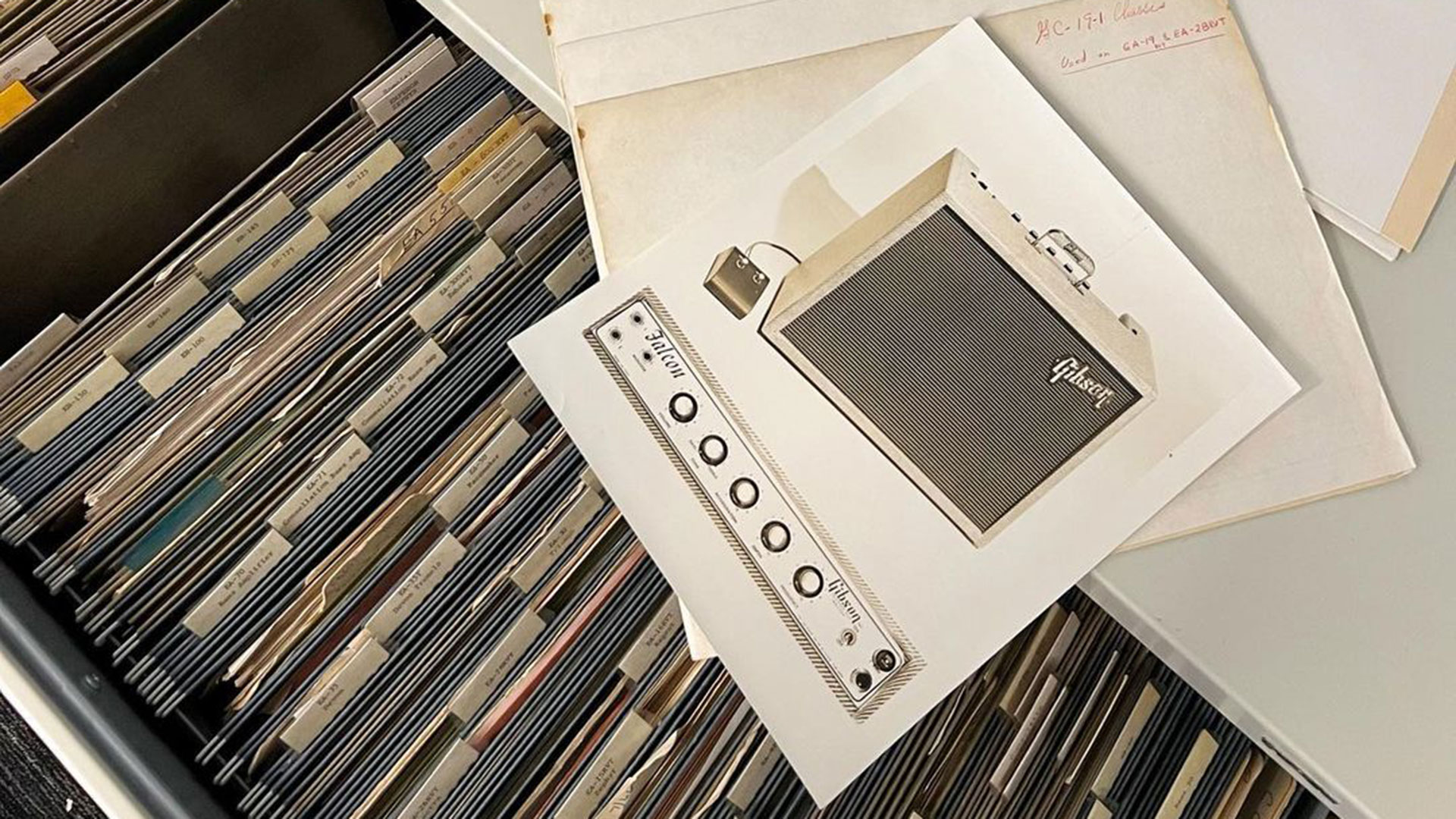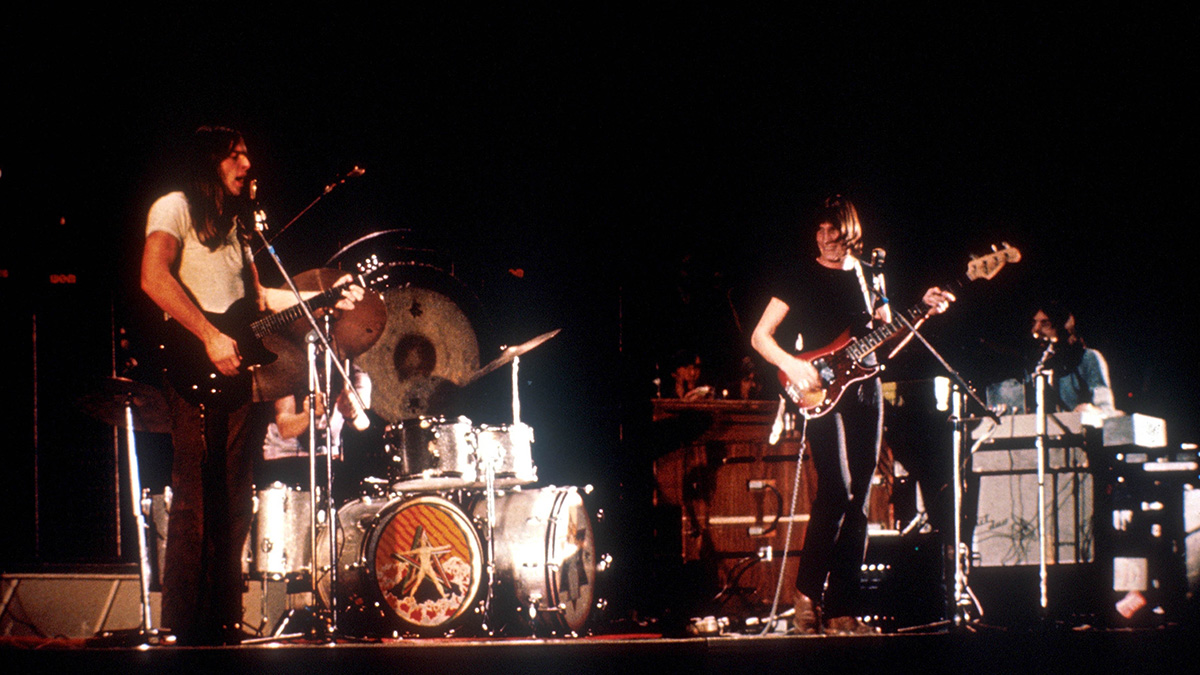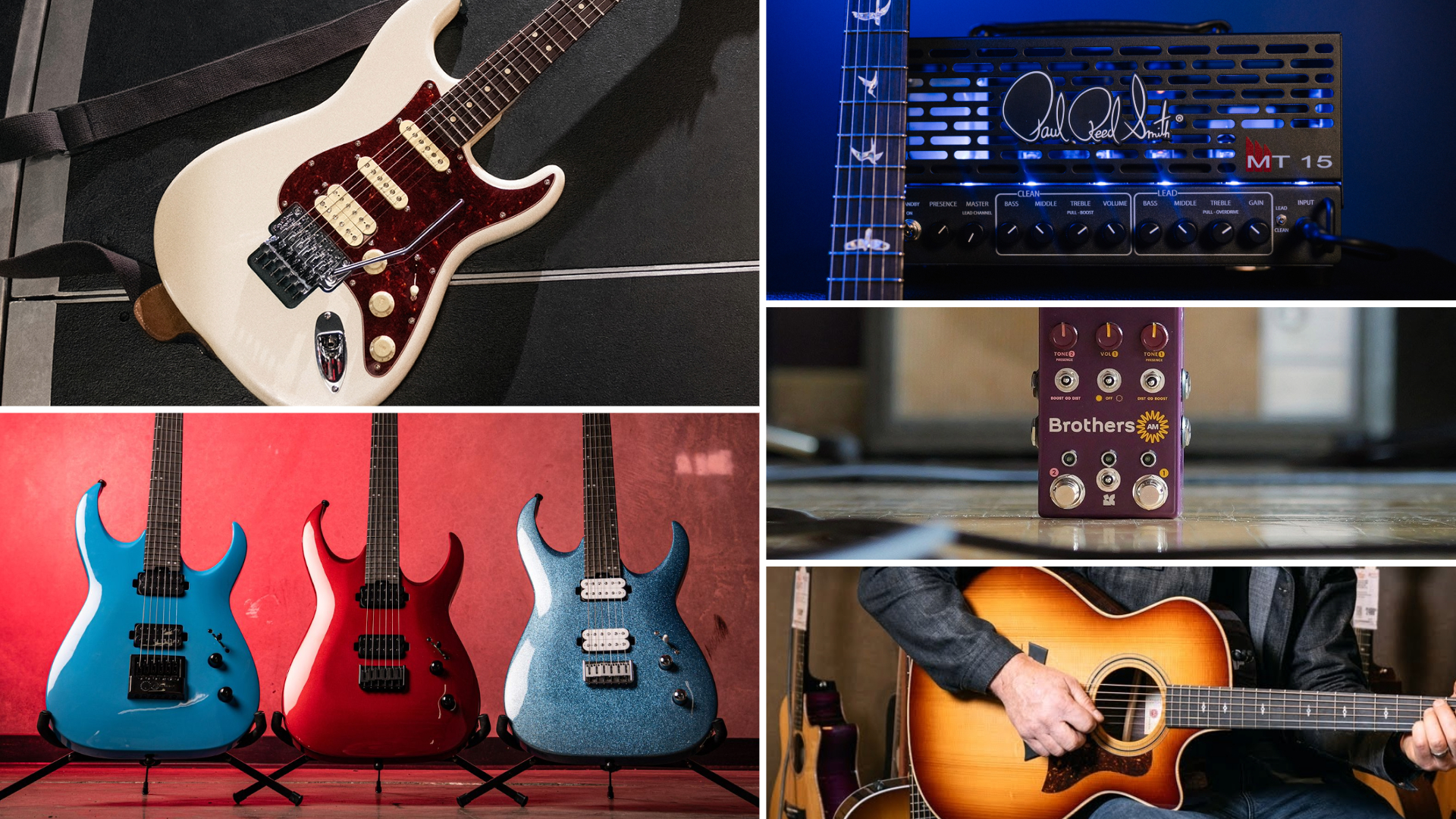“The latest discovery is unbelievable”: Gibson recovers entire lost archive of pre-’70s guitar amp and effects pedal blueprints – after finding them on eBay
The guitar giant says it has recovered “the entire Gibson Brands amplifier and effects archive from 1936-1969”

Gibson has reportedly recovered a huge haul of blueprints, schematics and original manuals for guitar amps and effects pedals produced by the firm and its sub-brands prior to 1970, having located them for sale on eBay.
The brand’s VP of Product, Mat Koehler, told the tale of how the materials – thought lost – had come back into the firm’s possession.
“In my time at Gibson, I have been fortunate enough to help preserve and organize our historic archives as well as to recover historic documents and artifacts that went missing long ago,” says Koehler in an Instagram post.
“The latest discovery is unbelievable. Long story very short, we recovered the entire Gibson Brands amplifier and effects archive from 1936-1969... filled with schematics, blueprints, parts lists, work instructions, promo photos, frequency analyses, notes, memos, and more.”
Koehler goes on to explain that the archive was shifted from Gibson’s original Kalamazoo base to Chicago when Gibson’s parent CMI decided to relocate the service center, later under the ownership of Norlin (from 1969) they were again repeatedly moved.
“Incredibly, a former employee held onto the records and listed them on eBay,” says Koehler. “Which is how I caught wind of it. Special thanks to @thejdavidson and @arthurforni for making sure these got home safely.”
A post shared by Mat Koehler (@matkoehler)
A photo posted by on
Alongside the story, Koehler has shared several images indicating the sheer size of the archived paperwork recovered, which appears to run across several heaving cabinet drawers.
Get The Pick Newsletter
All the latest guitar news, interviews, lessons, reviews, deals and more, direct to your inbox!
Taking a closer peek at the pictures, we can spot labels for the likes of Gibson’s own Tweed amp, the Rhythm King, alongside the likes of early-’60s tube amps the Falcon and Duo Medallist, plus Epiphone-branded amps including the Pacemaker, Ensign and, seemingly, classic Epiphone original guitar designs.
Then there’s a whole haul of Maestro-branded products, including iconic fuzz pedal, the Fuzz-Tone, the Reverb Tremolo and the Rover rotating speaker.
The implications of the discovery could be significant, given we know the brand is focused – in the parlance of new Gibson CEO Cesar Guieken – on “leveraging its iconic past”. Maestro was reprised last year, while the Epiphone Originals series and the recent 150th Anniversary models have seen it increasingly focus on its own vintage design heritage.
Meanwhile, many of Gibson’s older amps have excellent reputations on the vintage market but lack off-the-shelf equivalents – pointing to an obvious gap in the market for the firm.
Perhaps the next step will be the rebirth of Gibson and Epiphone-branded amplifiers? Time will tell, but we’re pretty sure that, alongside preserving its past, Koehler’s archive acquisition is going to have an important role to play in Gibson’s future, as well.
In related news, Koehler recently revealed the ultra-rare Epiphone model he rates as one of the more beautiful designs to ever emerge from Gibson’s Kalamazoo facility.
This isn’t the first time Gibson has tracked down a piece of guitar history via an online marketplace. Back in June, the firm reacquired Mary Ford’s 1961 Gibson Les Paul SG Custom on Facebook Marketplace.

Matt is Deputy Editor for GuitarWorld.com. Before that he spent 10 years as a freelance music journalist, interviewing artists for the likes of Total Guitar, Guitarist, Guitar World, MusicRadar, NME.com, DJ Mag and Electronic Sound. In 2020, he launched CreativeMoney.co.uk, which aims to share the ideas that make creative lifestyles more sustainable. He plays guitar, but should not be allowed near your delay pedals.
“These measures threaten the economic and cultural impact of U.S.-made musical instruments”: NAMM president responds to Trump's tariffs – urgently urging the administration to exempt the musical instrument market
Stevie Ray Vaughan, Simple Minds, Megadeth, the Cult and the class of 1985 – only in the new Guitar World









